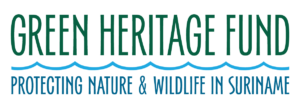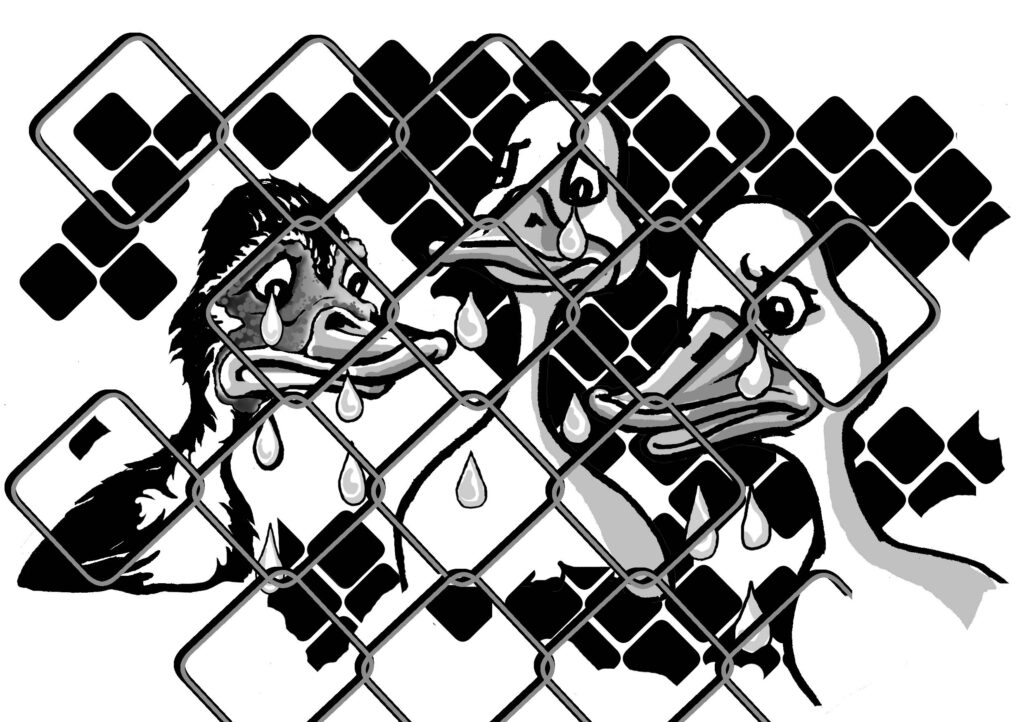Since I am not a real boiti sma*, nor a lover of duck meat, probably because I grew up with Donald Duck (and I am now a vegetarian), the signs along the side of the road that advertise the sale of live animals, are not always understandable to me. I always look with question marks in my head at the signs that offer kwakwas, doksis and doksas for sale. A good friend helped me by telling me that doksi and doksa are the terms for female and male ducks. But what a kwakwa is, he couldn’t tell me either. So I decided to ask my then assistant Chantal, a real rural child who grew up between the kwakas.
Suriname has 11 species of duck that occur in the wild, and one of these ducks, the tame version, is also raised and is known as the doksi. The kwakwa, however, is a species that was imported and is also known as the Peking duck, a beautiful white duck, and a really domesticated animal. The ducks form a family of swimming birds. The muscovy duck, better known to us as doksi, is the only genus of the Cairina, and has the species name Cairina moschata. The tame muscovy ducks are loved because they are so tame and have an excellent breeding urge.
Life for the wild muscovy duck, however, is challenging. This typical South American bird has less and less space left in the wild and is also heavily hunted. In Suriname, this wild duck is rarely seen. Another problem facing the wild duck, also called bus’doksi, is that by cross-breeding with tame ducks, the population of wild ducks in the countries around us, is also declining. However, according to international standards, there is still no cause for concern regarding the decline of these animals in the wild.
The doksi is a large water bird with a typical red wart spot around the eyes. The wild muscovy duck has this to a much lesser extent. Furthermore, the reasonably large animal has short legs with large swimming feet. The doksa, the drake or male duck, is much larger than the doksi, sometimes up to twice as big as the female. The doksi can also fly much better than the doksa. The kwakwa is even bigger than the doksi or doksa and is mainly held for the eggs and the meat, and is, of course, the animal that stood model for my youth hero: Donald Duck.
Of course, you have also seen the ducks packed in a cage alongside the road, sometimes as many as 15 animals in the blazing sun, without water or food. A condition unworthy of humanity and a torment for the animals. As a vegetarian, it is strange to see how people treat their (still living) food. Is it not more logical to treat what you are going to eat with the utmost care? I hope that the kwakwa, doksi and doksa holders feel encouraged to treat their “goods” better and will not leave them in the sun for hours, packed together and without water. Thank you!
* boiti sma = Sranan word for someone who lives in a rural area

